If you're going into deep sky imaging, getting a solid tracking mount will be more important than a specific camera/lens. I'll be honest I haven't really bought new gear or looked at new equipment in the last few years, but this vid from Alaskan Astro is a great overview and recommendations for beginner setup (I see the 135mm f/2 has already been recommended in here lol). It's also worth checking out used equipment if you're on a budget. I've found some great deals on the cloudynights classifieds, craigslist, and FB marketplace when I was assembling my rig.
Also since you want to use your camera for astro and normal photography, you can still use a H-alpha modded camera, but just use a custom white balance for non-astro shots. Personally I wouldn't worry too much about getting a modded cam if you're just starting out in the hobby, but it's something you may want to consider if you want to shoot a lot of emission nebulae
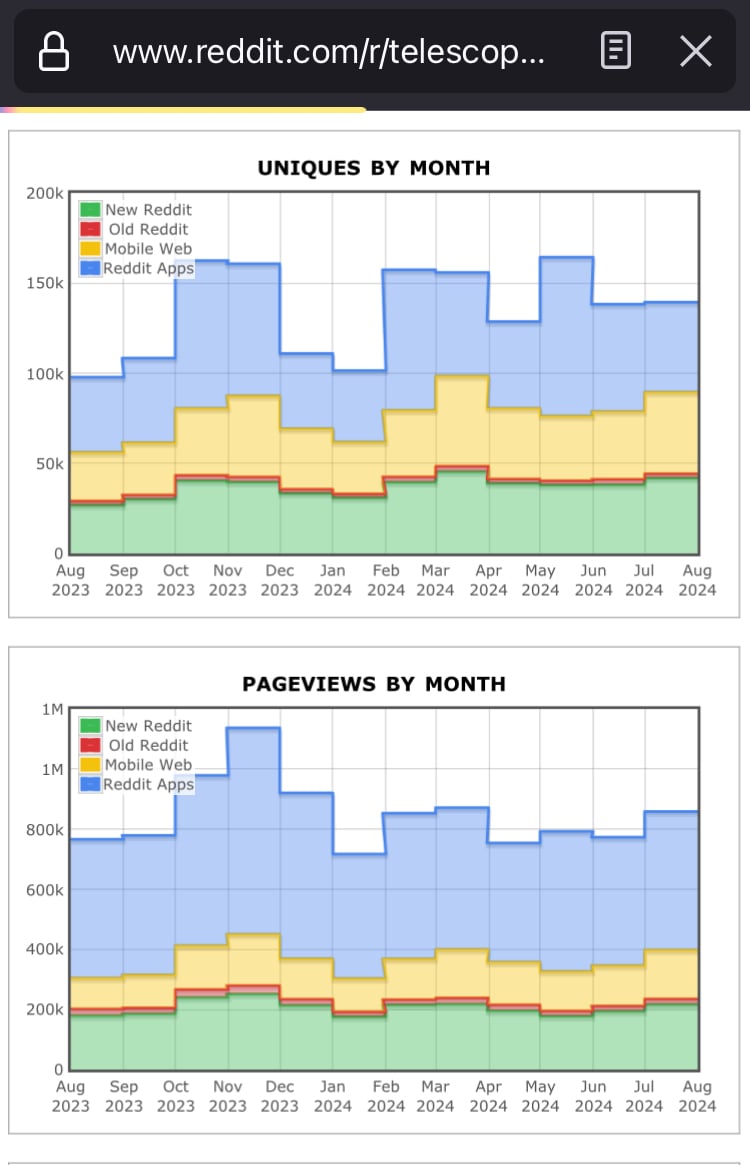
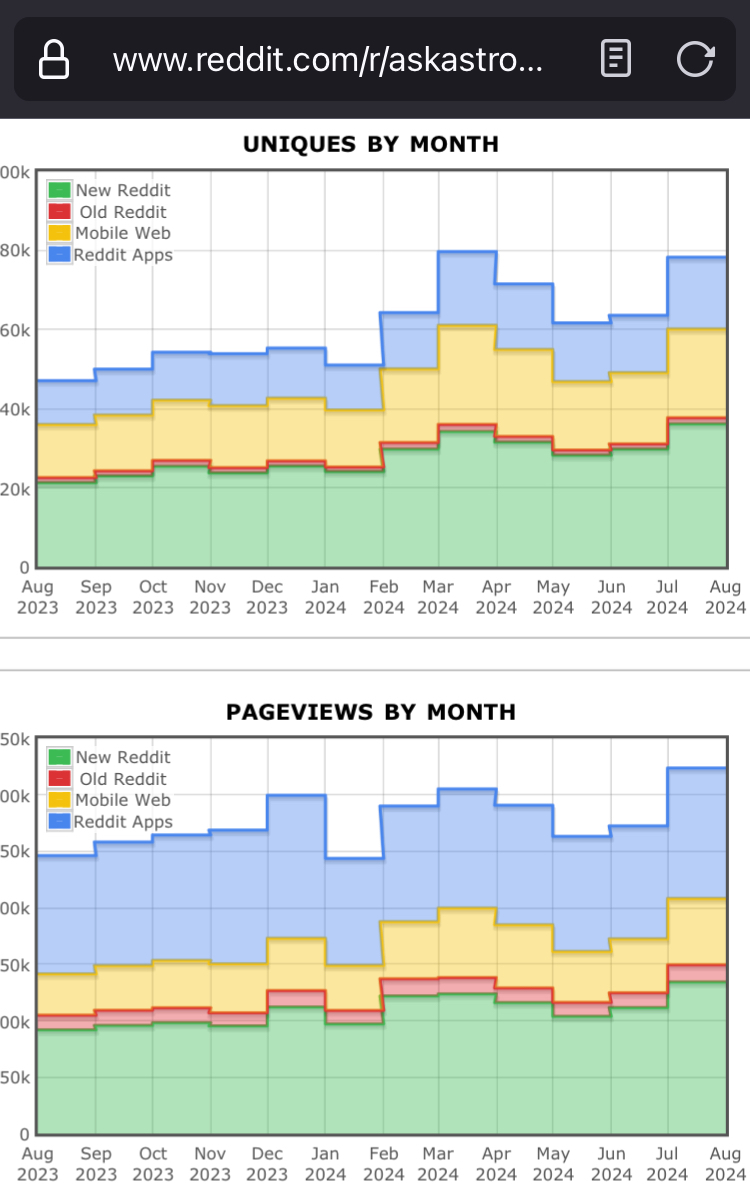
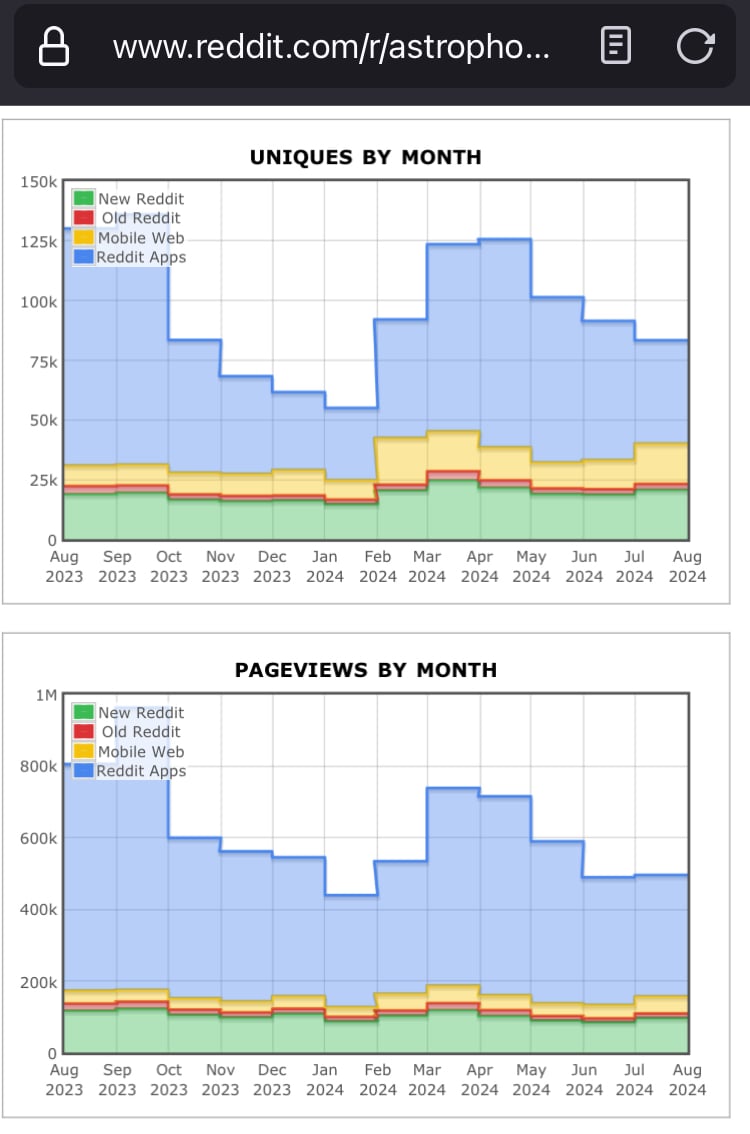
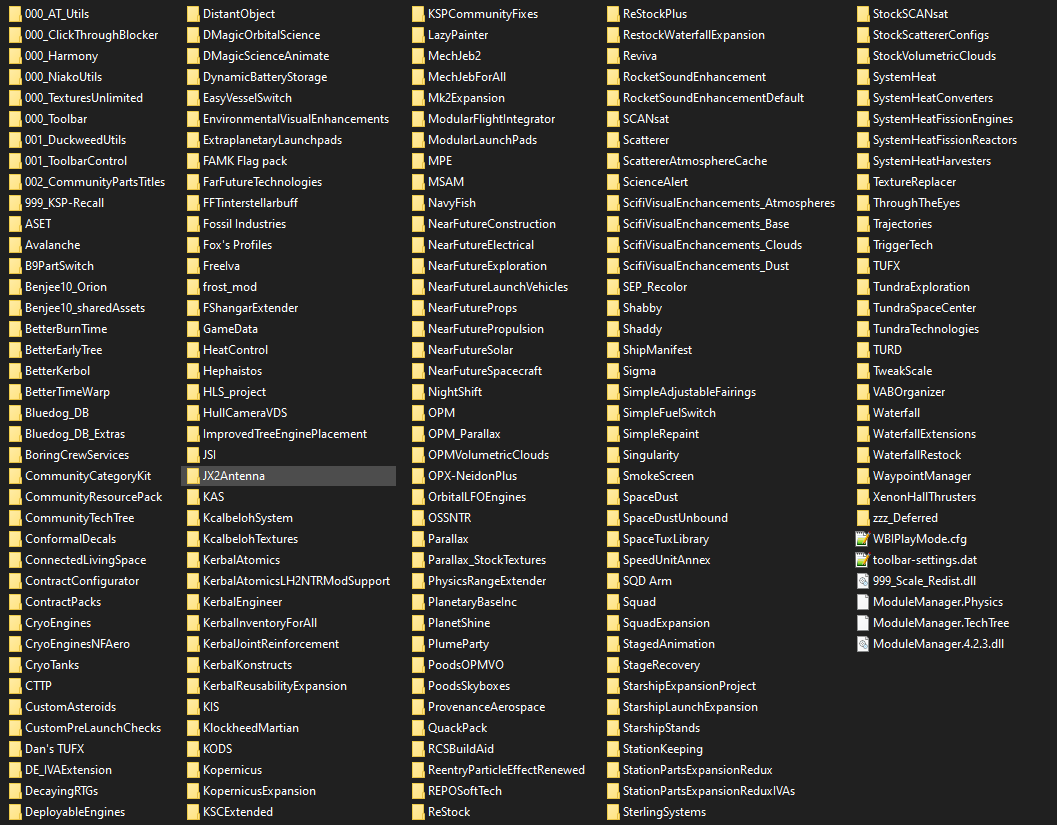
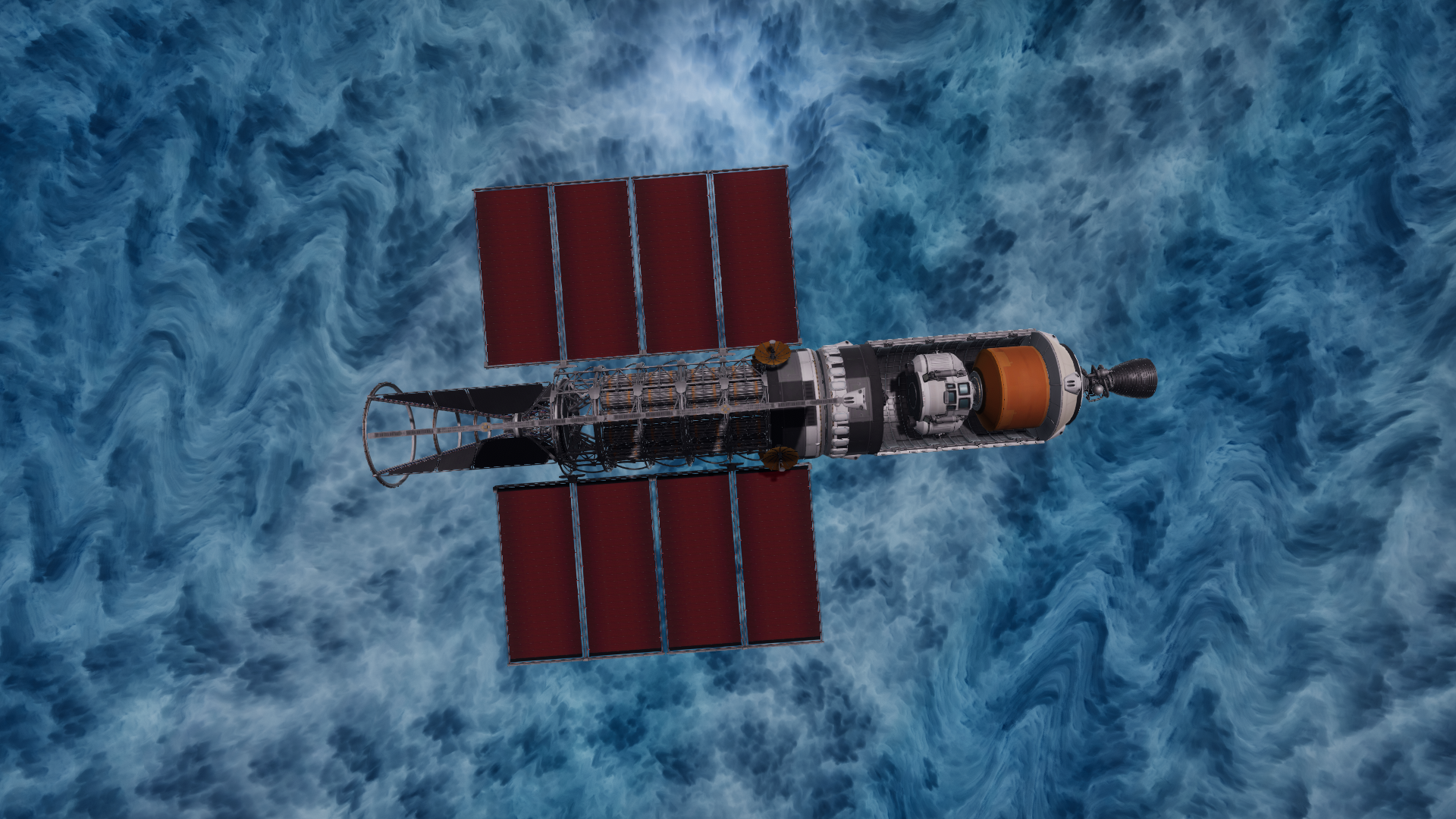 The main propulsion is the NSW engine from the Far Future Technologies mod, and the whole ship has well over 500k dV which is great for zipping around the Kerbol system. In another ksp game I did a few years ago I used basically this same ship design to visit every body in the Minor Planets Expansion mod.
The main propulsion is the NSW engine from the Far Future Technologies mod, and the whole ship has well over 500k dV which is great for zipping around the Kerbol system. In another ksp game I did a few years ago I used basically this same ship design to visit every body in the Minor Planets Expansion mod.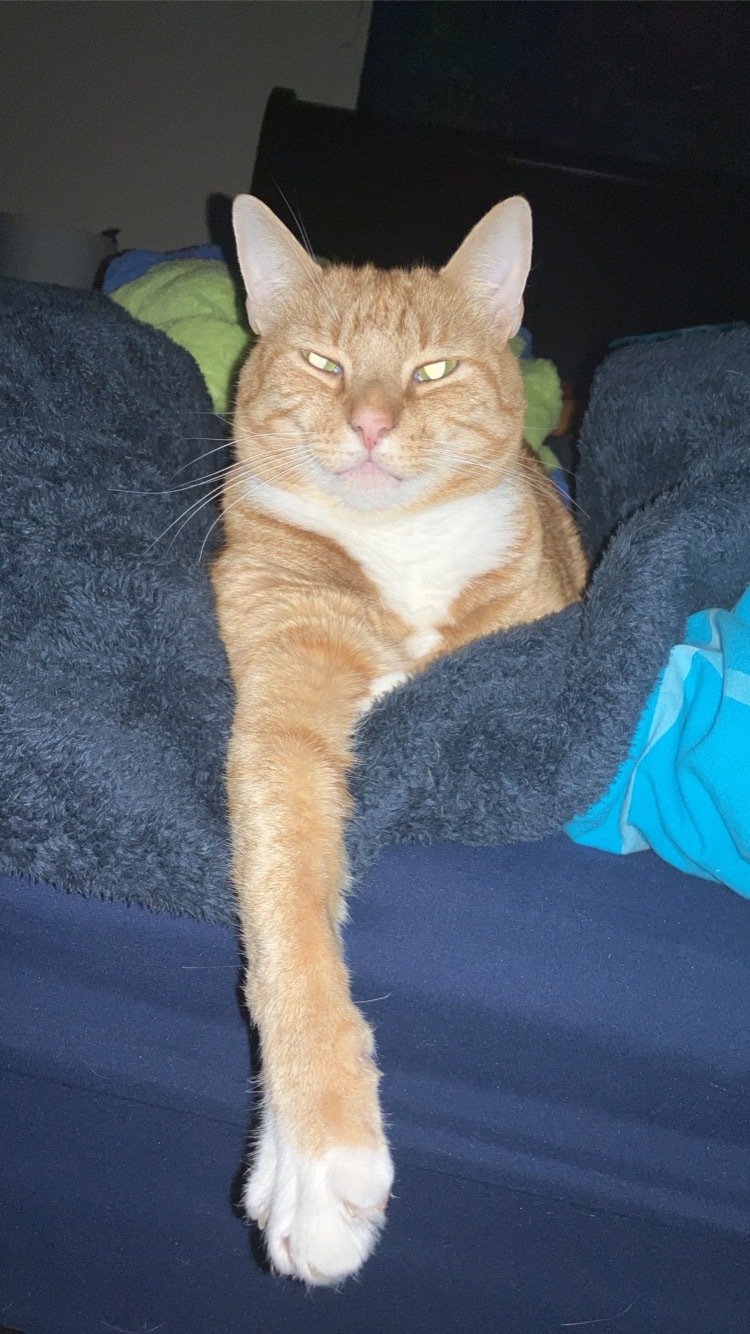

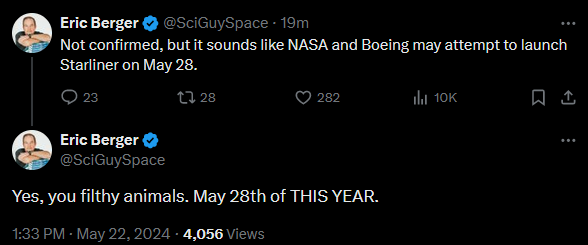

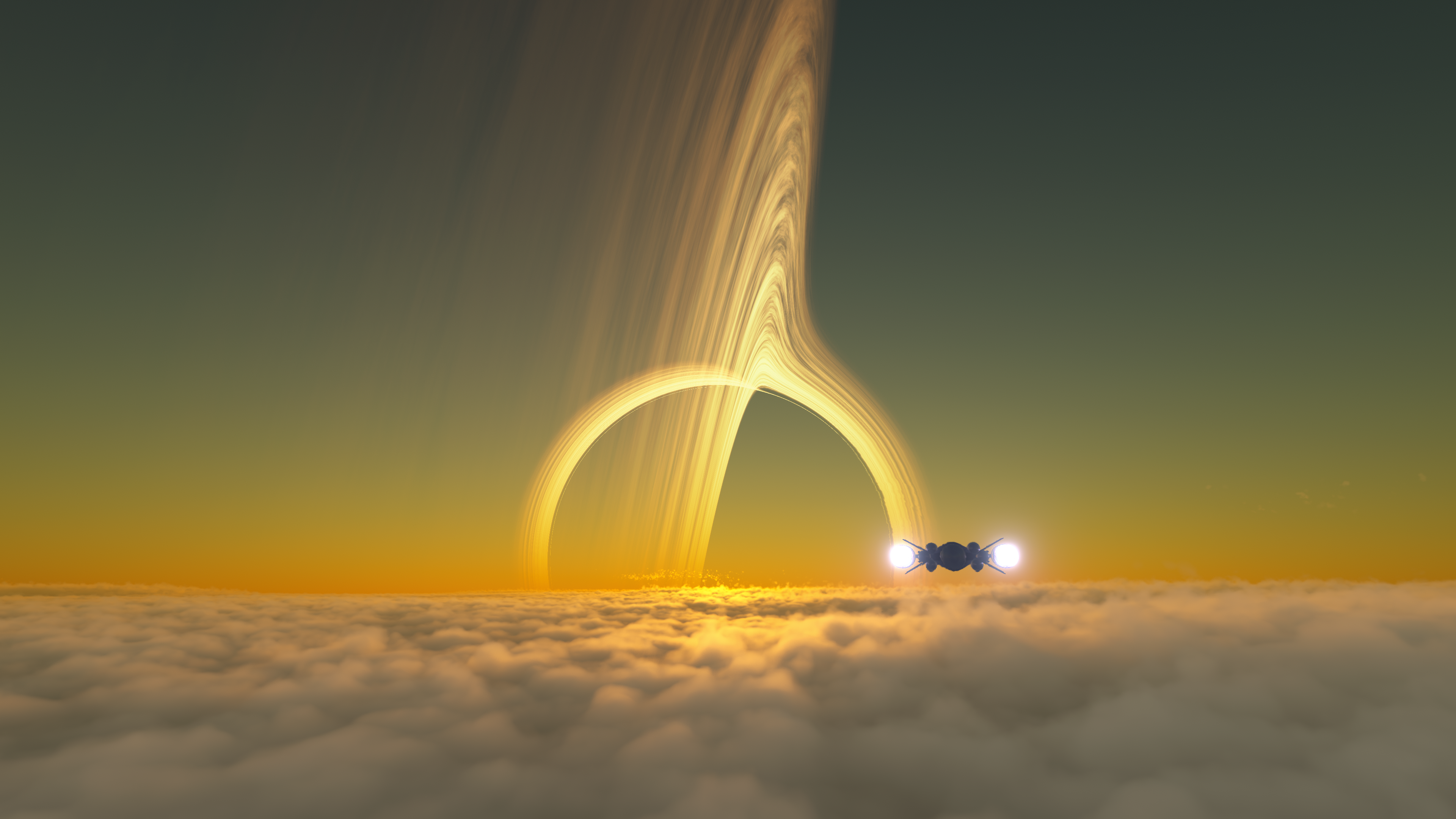
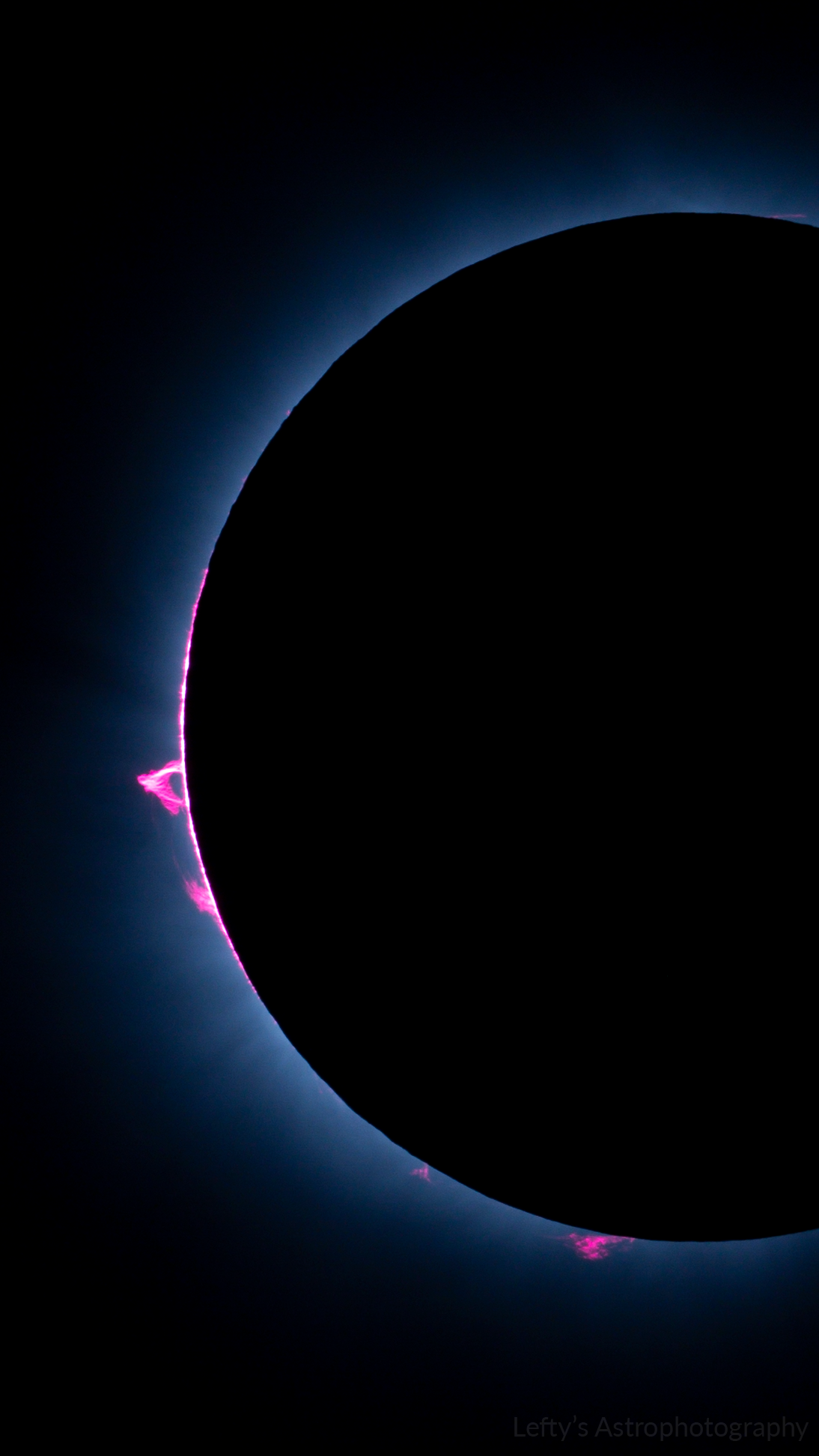

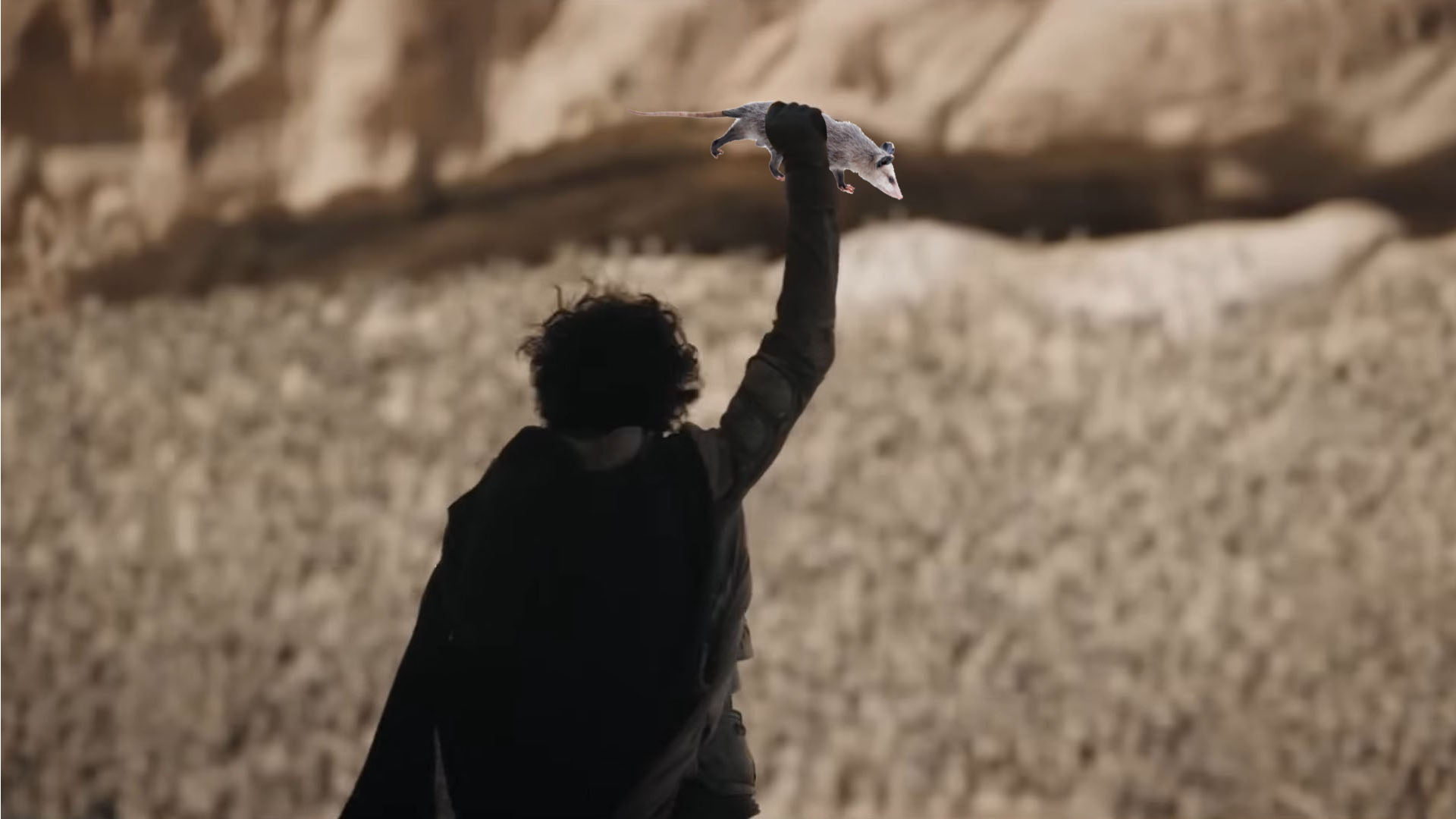
I guess my astrophotography hobby has cancelled out my drinking and porn hobbies lol